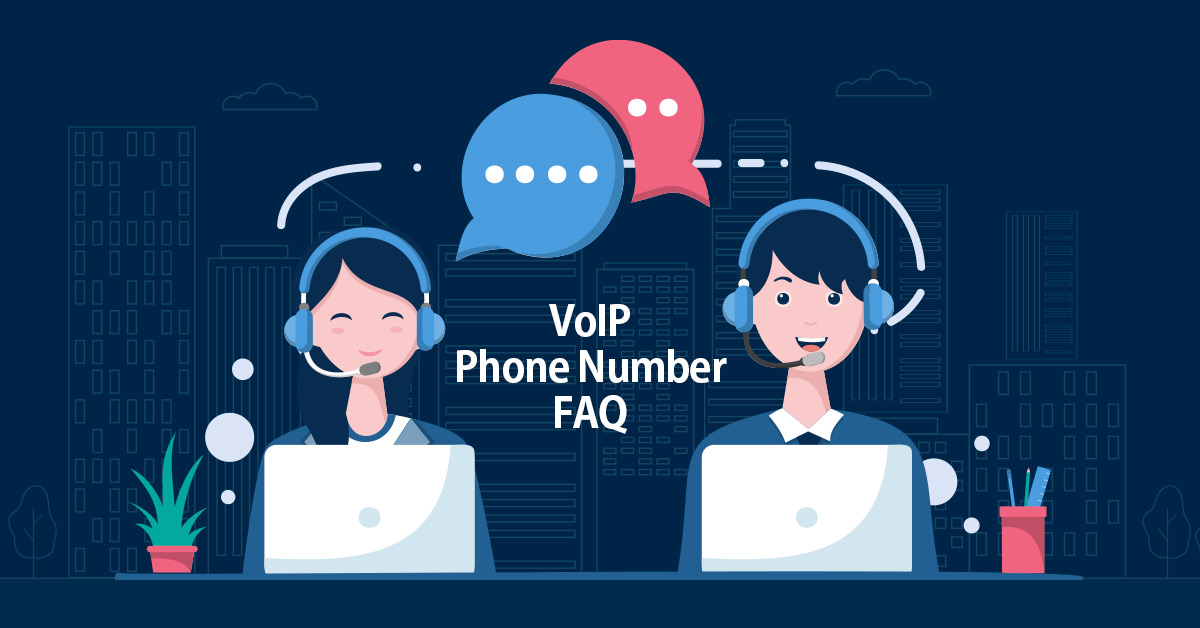Moving to a cloud contact center presents numerous benefits for businesses, but success depends on navigating possible challenges with caution. Organizations can optimize the benefits of cloud technology through adherence to best practices, which include exhaustive needs assessment, strategic planning, and extensive training.
But it’s important to avoid common mistakes like undervaluing data security and compliance, skipping regular maintenance, and not involving agents. Businesses can easily move to a cloud-based contact center, improving customer service and operational efficiency while reducing risks with proactive planning, ongoing monitoring, and flexibility.
Understanding Cloud-Based Contact Centers
Before getting into the specifics of implementation, it’s necessary to understand the differences between traditional on-premise contact centers and cloud contact centers. Using technology that runs over the internet, agents in a cloud-based call center can handle client interactions remotely from any location with a stable internet connection. UCaaS (Unified Communications as a Service) solutions frequently make this setup easier, combining multiple communication channels into a single online platform.
Companies that use cloud contact centers gain increased flexibility, making it easier to scale operations, adjust to changing customer needs, and take advantage of new features and functionalities. Because of UCaaS solutions’ inherent flexibility, the integration of communication channels quickly allows for effective client interaction management across multiple platforms. This flexibility maximizes a company’s capacity to satisfy customers by enabling it to remain flexible in a changing market.
What is the Workflow of a Cloud Contact Center?
A cloud contact center’s workflow includes the smooth handling of client interactions at different phases. Customer contact via chat, email, phone calls, or social media is the first step in the process. Based on factors like skill level, language ability, and customer history, the cloud-based call center platform intelligently assigns the interaction to an available agent as soon as it is received.
Agents interact with clients in real-time, making use of tools and pertinent data to resolve problems or questions. Agents handle interactions following established protocols during this process, attempting to resolve issues and take appropriate further action. The cloud-based call center platform simultaneously gathers information on important metrics such as handling times, wait times, and customer satisfaction ratings. To find patterns, opportunities for development, and ways to improve the customer experience, this data is analyzed.
Workflow efficiency and effectiveness are maintained through ongoing optimization and monitoring. Ultimately, this center workflow is made to expedite client communications, give agents the tools they need to provide excellent customer service, and promote continuous advancements in customer support procedures.
Advantages of Cloud Contact Centers Over On-Premise Contact Centers
It provides several advantages over on-premise contact centers, making them a more and more well-liked option for companies trying to improve their customer service skills. Here are a few main benefits.
Provide Greater Flexibility
Cloud contact centers provide greater flexibility in terms of agent location and work schedules. Agents can work remotely from any location with an internet connection, giving companies access to a worldwide talent pool and flexible scheduling options. Increased employee retention, satisfaction, and productivity can result from this flexibility.
Greater Scalability
One of the key advantages of cloud-based contact centers is scalability. In contrast to on-premise solutions, which need expensive hardware upgrades to grow, cloud-based platforms provide essentially infinite scalability. Companies can increase flexibility and cut costs by adding or removing agents and easily scaling resources as needed.
More Cost-Effective
Cloud-based contact centers usually utilize subscription-based pricing. Which can be less expensive than purchasing and maintaining hardware and infrastructure on-site. Furthermore, since cloud-based solutions only charge for the resources and cloud phone features used, there is no need for businesses to invest capital upfront, making it simpler to scale and budget as needed.
Reliability and Redundancy
In cloud-based contact centers, redundancy and reliability are necessary for maintaining high availability and uninterrupted service. The inherent backup and redundancy features of hosted VoIP PBX (Private Branch Exchange) systems support these capabilities. Businesses can reduce downtime by implementing automated failover mechanisms and redundant data centers. And maintain service continuity even during hardware malfunctions or natural disasters.
Advanced Features and Integrations
Advanced features and integrations that may not be available in on-premise solutions are frequently provided by cloud-based contact center platforms. To provide businesses with efficient and personalized customer experiences, these features can include speech recognition, sentiment analysis, Omni channel support, AI-powered analytics, and seamless integrations with CRM systems and other business applications.
Rapid Deployment
This is in comparison to on-premise solutions, which might need drawn-out installation and configuration procedures. Cloud-based contact center solutions can be implemented more quickly and simply. Cloud-based platforms enable businesses to quickly respond to changing market demands and business needs by getting up and running in days or weeks.
Best Practices for Cloud Contact Centers
It is necessary to put best practices into practice to avoid potential problems and guarantee cloud contact centers’ deployment and smooth functioning. These are essential guidelines to remember.
Thorough Needs Assessment
Take a thorough look at your company’s goals, needs, and infrastructure before moving forward. Several variables should be considered in this assessment, including the volume of calls received. The communication routes used, the needs of the agents, and the degree of system integration.
Selecting the Right Provider
Select a reputable cloud customer service supplier who meets your unique needs and objectives. Considerations include feature sets, pricing schemes, security protocols, scalability, dependability, and customer service.
Strategic Planning and Implementation
Create a thorough implementation plan with precise goals, deadlines, resource allocation, and milestones. Make sure that everyone who needs to be involved communicates clearly at every stage of the process.
Comprehensive Training and Onboarding
Provide outstanding training and onboarding programs to supervisors, administrators, and representatives to help them become familiar with the new cloud-based contact center platform. In addition to fundamental features, training should cover advanced features, troubleshooting methods, and best practices for delivering exceptional customer service.
Data Security and Compliance
Prioritize data security and compliance by implementing robust measures to safeguard sensitive customer information. Ensure that the cloud-based contact center provider adheres to industry standards and regulatory requirements.
Continuous Monitoring and Optimization
Regularly monitor key performance metrics, such as call volumes, wait times, handling times, and customer satisfaction scores. Utilize analytics tools to gain insights into customer behavior, agent performance, and operational efficiency. Use these insights to identify areas for improvement and optimize workflows accordingly.
Proactive Maintenance and Support
Suppose you want to ensure the cloud-based contact center platform runs smoothly. You should invest in regular maintenance and support Cloud Business Phone Services. This covers routine patches, updates, troubleshooting, and performance enhancement. Consider collaborating with the supplier or hiring a trustworthy outside vendor to handle maintenance.
Agent Engagement and Feedback
Encourage a culture of agent involvement by asking frontline employees for their opinions, ideas, and concerns. Agents should actively participate in workflow, performance metrics, and technology decision-making processes. Allow agents to suggest ways to enhance customer satisfaction and operational effectiveness.
Customization and Flexibility
Customize the virtual contact center platform to your company’s requirements and inclinations. Coordinate reporting dashboards, automation features, routing rules, and workflows with particular business needs. Ensure the platform can easily adjust to evolving customer preferences and business needs.
Conclusion
In conclusion, companies looking to improve customer service and streamline operations can reap several advantages from converting to a cloud contact center. Businesses can successfully implement and integrate a cloud contact Centre into their operations, ultimately increasing customer satisfaction and business growth. By understanding the workflow of a cloud-based contact center, appreciating its advantages over on-premise solutions, and following best practices while avoiding common pitfalls.







